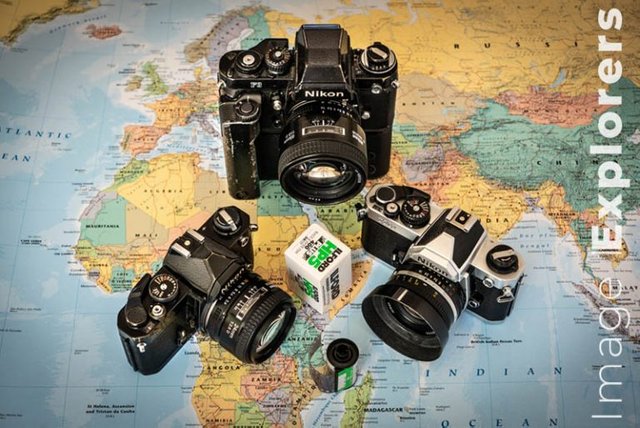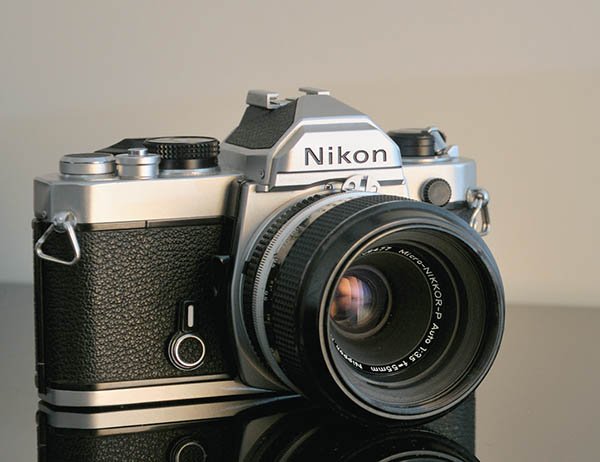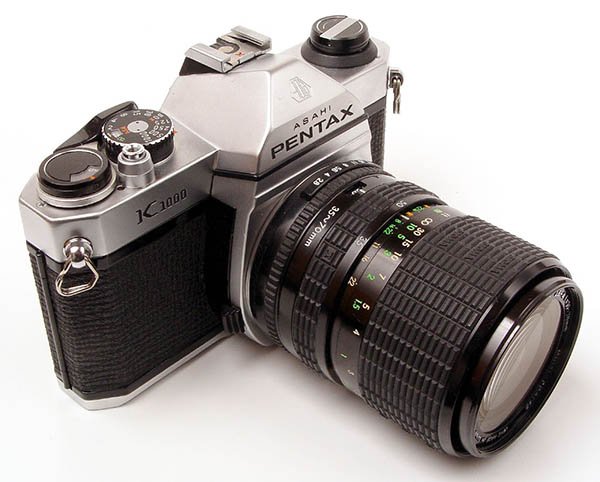Would you like to improve your travel photography?
Pro-photographers, have a few tricks up their sleeves, to help their images look awesome. We want to share all these techniques with you in our travel photography tutorials and give you the inside scoop on getting pro results, without spending pro money on your equipment.
Best film cameras for beginners
Before we consider the best film cameras for beginners we need to ask a question. Why would you wish to shoot with a film camera when digital is so relatively cheap and immediate, and the quality is second to none? Well there are so many reasons. Maybe you are of the generation that grew up with digital and want to experiment with analogue. Possibly you’re a wannabee Hipster and are tired with the immediacy of digital. Maybe you’re as old as dirt and remember fondly the days of taking your colour film to the local chemist for developing and printing (D&P as it was known as).
Whatever your reason, you need to get the right film camera for you.
Buy a manual camera
The first thing to look at when deciding on a film camera is the camera’s ability to do manual. Although one might think that the best film cameras for beginners would have an auto function to help you, you will not learn nearly as much about the finer points of exposure if the camera does it all for you. Not only that, but the light meters on older film cameras were not nearly as sophisticated as today’s digital cameras. They could get fooled by tricky situations very easily. What do I mean by a manual camera? The camera must allow you to choose your own aperture and shutter speed.
What brand to buy
There are so many second-hand cameras on the market with varying prices, but the best thing to do is to stick to well-known brands and models that people and blogs recommend. The following list that I titled “best film cameras for beginners” is not definitive. These are just the main ones I recommend at varying price points.
What to look for in second hand cameras
Firstly I would recommend you buy from a local camera store. Not only will you get a small guarantee on the camera but the staff should be able to demonstrate its features. If you get an assistant who is a little over 35, you may even see a bit of a nostalgic glint in their eye. They may also be humming, “Those were the days my friend, we thought they’d never end …”! Bit more expensive than eBay but it takes the worry out the purchase.
Obviously eBay is the cheapest way to get a good deal. When the camera arrives, check all the controls work smoothly and look at the battery compartment for any past battery leakage. Remove the lens from the camera and make sure the aperture works smoothly and snappily. Look through the lens and check for any fungus growing on the elements. Finally check the front and rear elements for scratches or wear on the lens coating. Many people will tell you beforehand that there is a slight scratch on the lens “but it doesn’t affect the quality”. This may be so for most photography but if you are photographing into the sun (contre-jour) you will, at the worst get flares in the image and at the very least have reduced contrast. Stay away from these lenses if at all possible.
What lens to start with
A best film camera for beginner guide wouldn’t be complete without some lens guidance, so here it is. Most camera bodies will come with a ‘standard’ lens. This is a 50mm non-zoom lens (non-zoom lenses are called prime lenses) that is very close to the view of the human eye. They are usually very good quality with a wide aperture and an excellent lens to get started with before you start investing in wide angle, telephoto and zoom lenses. Start with the 50mm.
The Nikon FM came out in 1977 and was manufactured for 5 years before being superseded by the FM2. This camera is totally manual (not a single automated setting to be seen) and is also mechanical. This means the tiny battery in the camera only operates the very basic light meter. If your battery fails then everything else will keep on running. This was invaluable to a pro and the FM and FM2 were workhorses that kept on running. My own personal FM (I got it at college in 1982) has seen thousands of rolls of film through it and been subjected to all sorts of camera un-friendly environments and it has kept on going.
During a photographic job where I was photographing an aluminium smelting plant, there was an extremely large generator with powerful magnets. I couldn’t use my Nikon F3 hp, which was my main working camera, in the same room because of its shutter being affected by the magnetic field. The FM continued to work without missing a beat. I do have to admit having the shutter replaced a few years later but that was because the attached motor drive had worn it out.
There are plenty of lenses available and it takes any Nikkor lens, except the latest versions that don’t have a physical aperture ring. Ally still has her original FM2 camera which saw hundreds of rolls of film go through it on the cruise ships she worked on, as well as her very first few weddings before moving onto medium format and being very well travelled after that. I still have my original FM and a Nikon F3hp too.
Source
Plagiarism is the copying & pasting of others work without giving credit to the original author or artist. Plagiarized posts are considered spam.
Spam is discouraged by the community, and may result in action from the cheetah bot.
More information and tips on sharing content.
If you believe this comment is in error, please contact us in #disputes on Discord
Good writeup Surajj41. When I bought my camera, I debated between the Canon or Nikon. The Canon EOS was on sale so that’s the one I have. They are both good cameras.
Link to a wonderful markdown guide by @carrieallen. If you are interested, you can use the tips in it to make your writeups stand out.https://steemit.com/tutorial/@carrieallen/ultimate-markdown-tutorial
yes i m interested ..........thanks for helping me....now which camera u r using
You are welcome. I use the Canon. Sometimes my phone but it doesn’t show details as well.